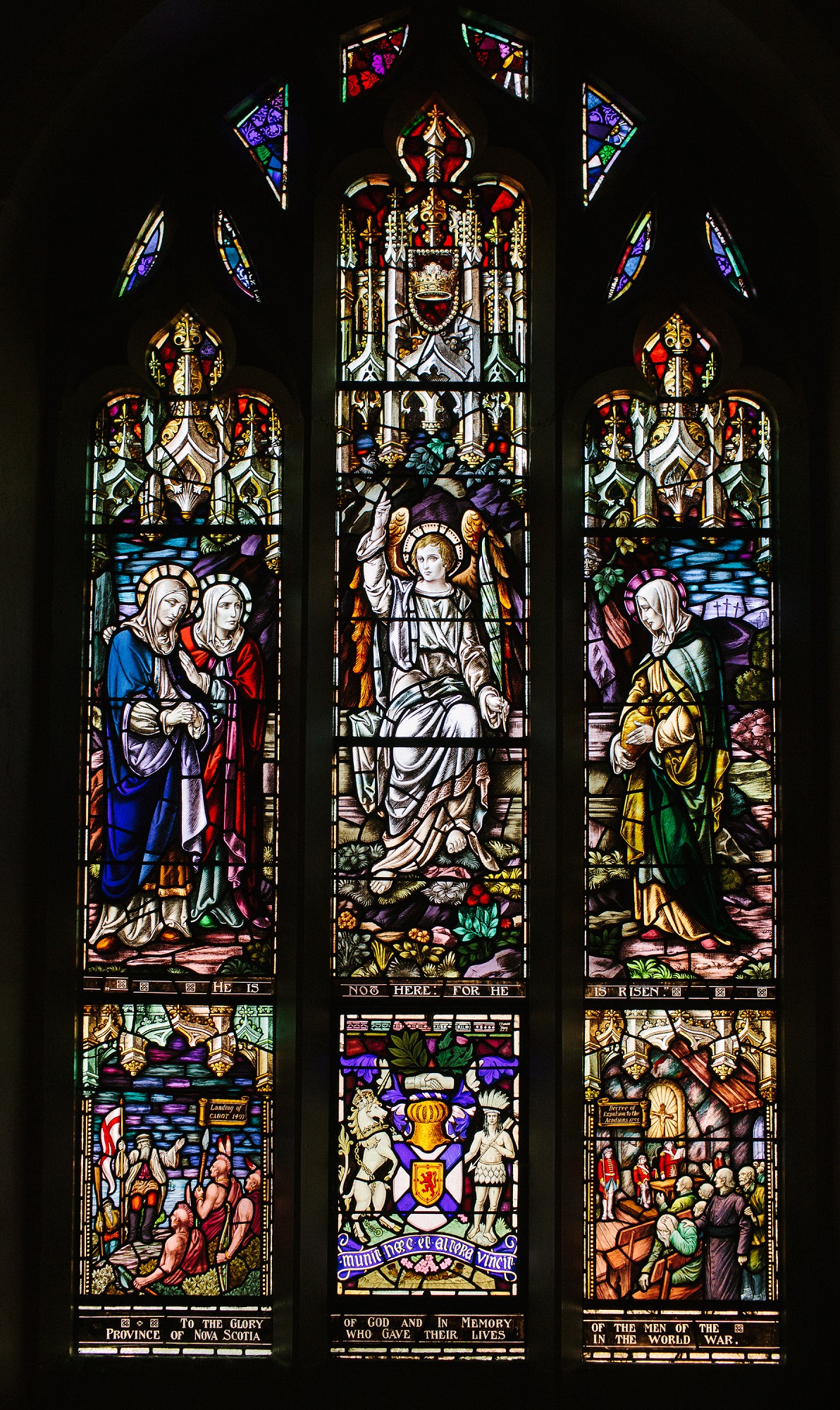Canadian Memorial Chapel was born in the hearts of private soldiers in the First World War who, guided by a sergeant, formed a working party to bury six of Canada's war dead. On a November night of 1915, in the Ypres Salient, France, one of the soldiers said to Reverend Lieutenant-Colonel (Lt.-Col.) George Fallis, CBE, ED, DD: "Padre, after the war is over some chaplain should build a memorial in Canada in memory of fellows like these who have given their all." From that moment on, he would never lay away their beloved dead without the idea of a memorial chapel in his mind.
On his return to Canada he was advised by Reverend S.D. Chown, DD, General Superintendent of the Methodist Church, to go to Vancouver and choose a site in Shaughnessy Heights facing the eternal hills to erect the chapel of his dreams. He arrived in Vancouver in May 1920, to a willing congregation and plans were quickly laid.
Lt.-Col. Fallis' friend Chris Spencer, CBE, advised him that in order for there to be national significance to the chapel, he should go across Canada and interview lieutenant governors, premiers, statesmen and leaders of each province, asking them to underwrite the windows. Nova Scotia was the third province he visited.
At Halifax Lieutenant Governor, the Honourable James Tory, referred Lt.-Col. Fallis to the Premier, the Honourable Edgar M. Rhodes, who gave his blessing and submitted a list of citizens to be interviewed. Colonel Oxley arranged the introductions. Lt.-Col. Fallis visited Yarmouth, Kentville and Truro. In Yarmouth Eric H. Spinney, grandson of one of the Fathers of Confederation, said he called it one of the privileges of his life to help with the Nova Scotia Window.
Depicted in the Nova Scotia Window - “Immortality,” symbolized by the empty tomb of the risen Christ, is often a source of comfort to many grieving the loss of loved ones. The Gospel teaches that love triumphs over death. The historical panels depict the Landing of Cabot in 1497, and the Decree of Expulsion of the Acadians in 1755.
